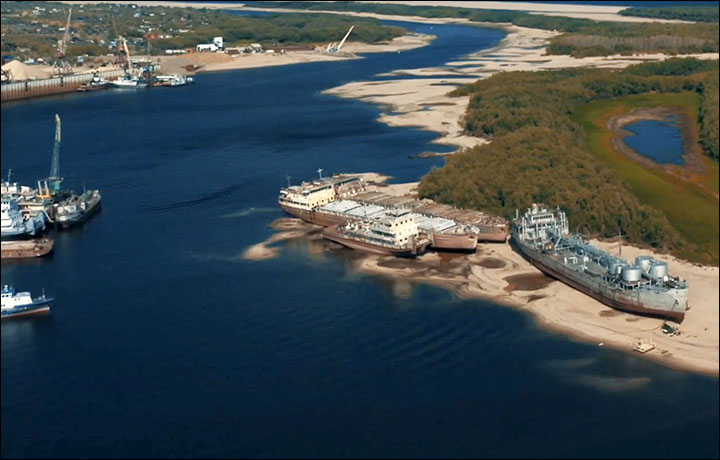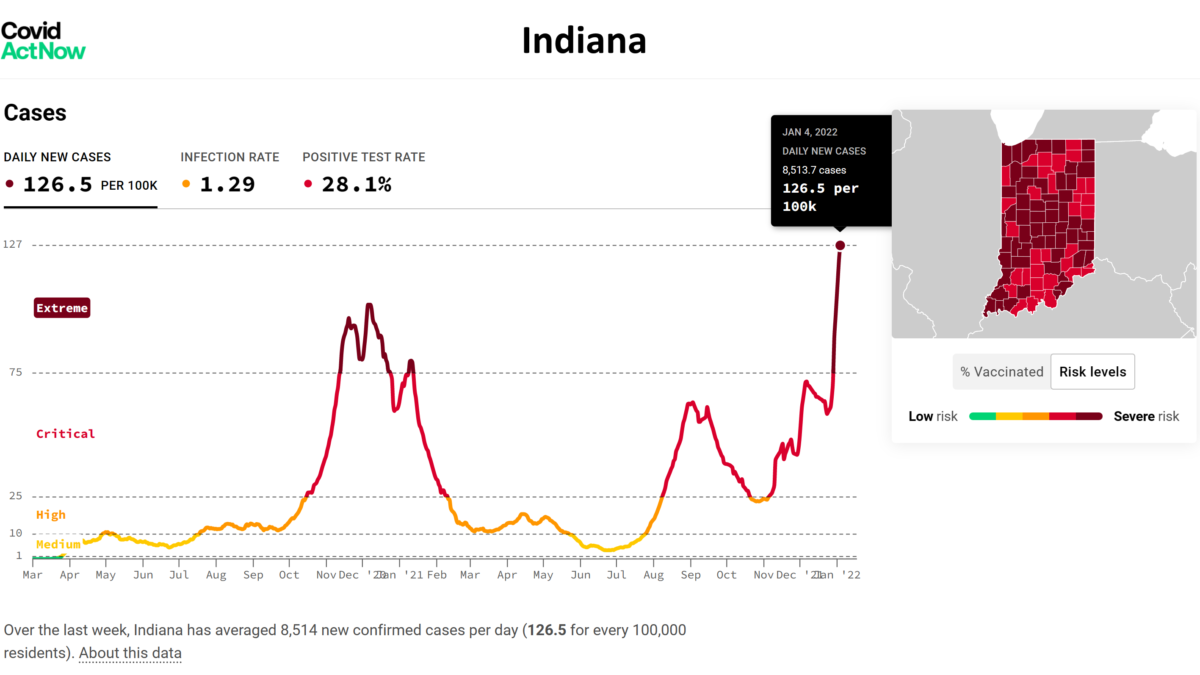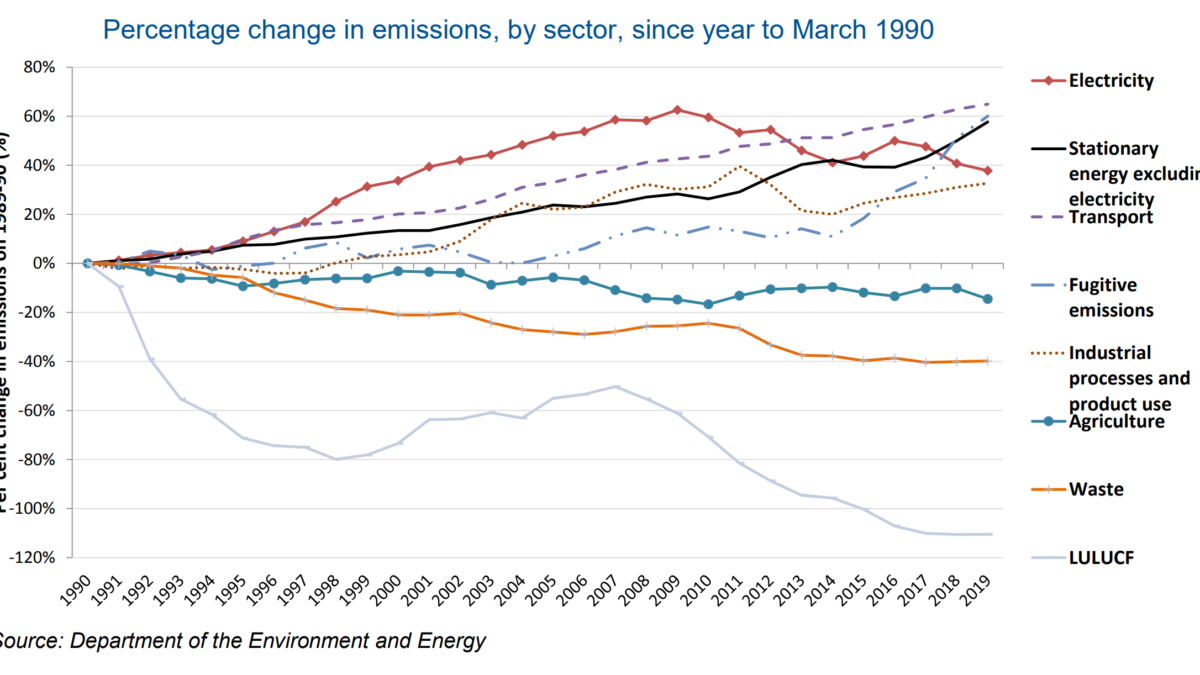Great Lakes start 2024 with smallest amount of ice in at least 50 years – “There’s a clear trend, and ice cover in the Great Lakes is decreasing”

By Dan Rosenzweig-Ziff
2 January 2024
(The Washington Post) – The Great Lakes had the smallest amount of ice cover this New Year’s Day in at least the past 50 years and are on track to see less than the seasonal average this winter, according to government data. The decline comes during a five-decade drop in ice cover that experts say is due in part to human-caused climate change.
“It’s an extreme number,” said James Kessler, a physical scientist at the National Oceanic and Atmospheric Administration’s Great Lakes Environmental Research Laboratory (GLERL). “That said, it is early in the season, and there is year-to-year variability. But on average we are seeing less ice cover and shorter seasons.”
On the first of the year, only 0.35 percent of the Great Lakes was under ice, below the roughly 9 percent that it usually averages at this point in the winter, according to data from GLERL. On New Year’s Day 2023, more than 4 percent of the Great Lakes was covered in ice, while 2.35 percent was covered in ice on Jan. 1, 2022.
Kessler cautioned that while Monday’s low is remarkable, one-day lows are not as statistically significant as month-long lows. He added that maximum ice cover, or the point in the winter with the highest percentage of the Great Lakes with ice coverage, usually occurs in February and March, and that January is early in the season. (In 2023, the Great Lakes’ ice cover hit a record mid-February low.)
Still, the drops are expected to continue as the earth keeps warming, with implications across industries and environments. […]
The five-decade decline in ice cover can be measured in various ways, Kessler said.
Between 1973 and 2017, the average Great Lakes ice cover dropped by about 70 percent, according to a NOAA analysis, though Kessler said that statistic could be misleading because it measured the percentage change, rather than the percentage point difference in the ice coverage. The Great Lakes cumulatively also record as many as 46 fewer days per season frozen — defined as a day when at least 5 percent of the lake’s surface had ice cover — with the most significant decreases in Lakes Ontario and Superior, according to the Environmental Protection Agency.
On average, the annual maximum is about 53 percent, with more than half of the Great Lakes having ice cover. That too, Kessler said, has steadily decreased by 5 percent every decade on average since the 1970s. […]
“But what we can say is there’s a clear trend, and ice cover in the Great Lakes is decreasing,” he said. [more]
Great Lakes start 2024 with smallest amount of ice in at least 50 years


